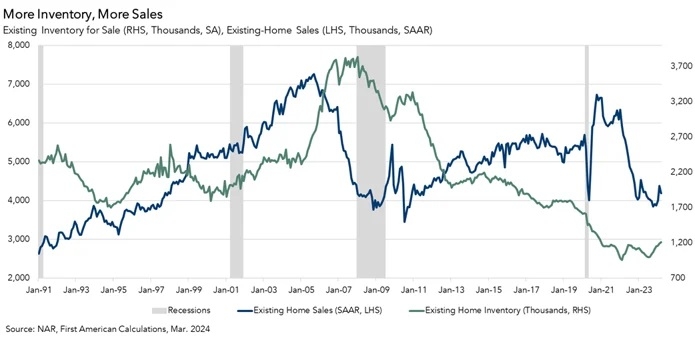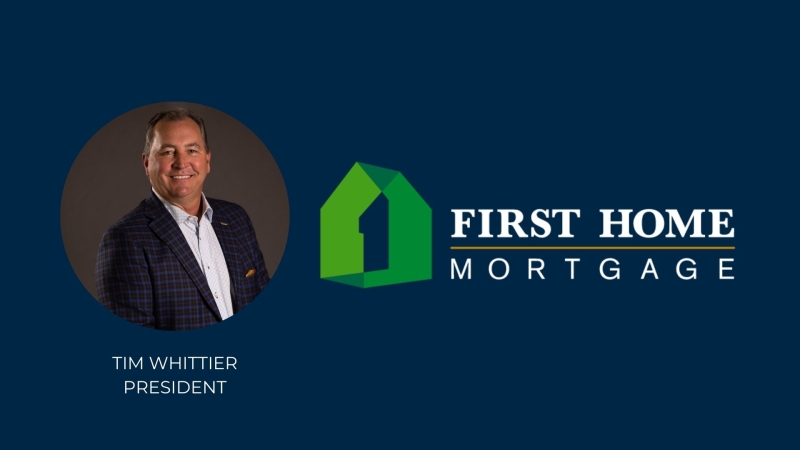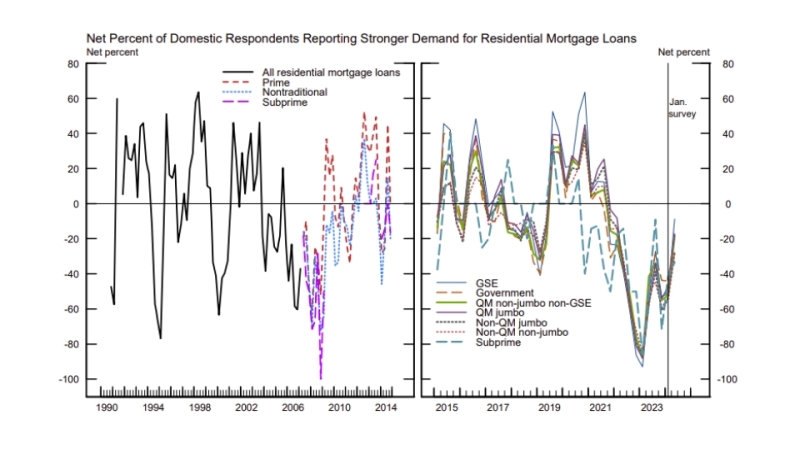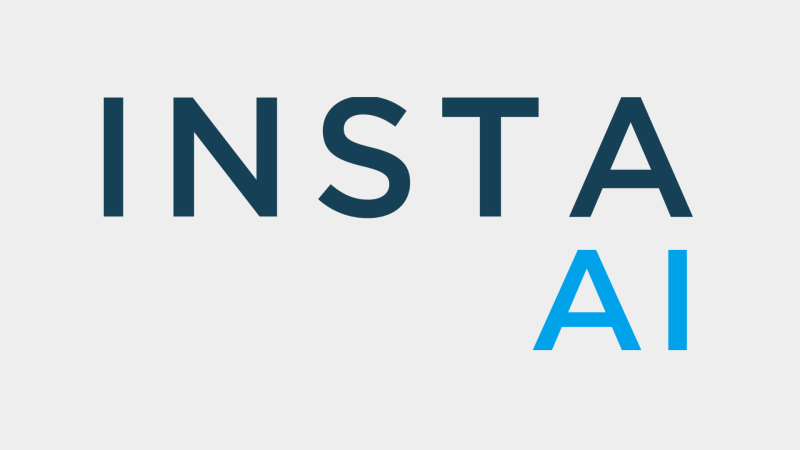
'A Long Road To Normal'
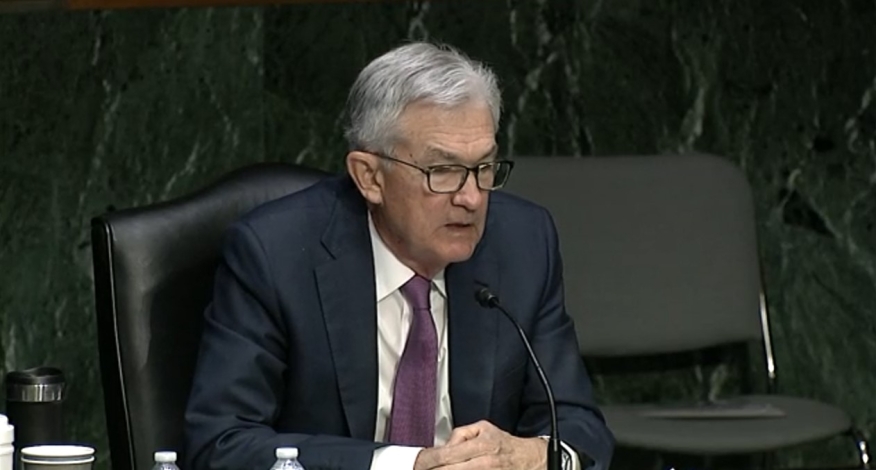
Nominated again to lead The Fed, Powell tells Senate committee to expect three rate hikes, but 'if we have to raise interest rates more over time, we will.'
The U.S. economy is a “long way from out of the pandemic,” so the Federal Reserve must be “willing to adapt pretty nimbly as we go through the year.”
That was the testimony of Federal Reserve Chairman Jerome H. Powell during a hearing on his nomination for a second term held by the U.S. Senate Committee on Banking, Housing and Urban Affairs this morning. He received a mostly positive reception from the bipartisan committee.
Senators on both sides of the aisle questioned him about rampant inflation, supply-chain issues and the labor market, and asked him to explain the Fed’s expected actions to deal with those issues this year.
He reiterated what the Federal Open Market Committee (FOMC) had discussed during its two-day meeting in December, that most central bank officials projected the Fed would impose at least three rate increases of a quarter-percentage point each this year.
“All members of the committee see interest-rate hikes coming this year, and the median expectation was three,” he said.
Earlier this week, however, financial services industry observers, including the CEO of JP Morgan Chase and and economist at Goldman Sachs, predicted that high inflation and a tight labor market would spur the Fed to impose at least four quarter-point rate hikes this year, which combined would increase the benchmark overnight borrowing rate by a full point.
Since May 2020, the Fed has held its rate in a narrow range between 0%-0.25%. It was 0.08% in December.
Goldman Sachs’ Chief Economist Jan Hatzius, in a note published Sunday, said he projects The Fed will be even more aggressive in tightening its monetary policy than it indicated last month.
“Declining labor market slack has made Fed officials more sensitive to upside inflation risks and less sensitive to downside growth risks,” Hatzius stated in the note. “We continue to see hikes in March, June, and September, and have now added a hike in December for a total of four in 2022.”
On Monday, Jamie Dimon, CEO of JP Morgan Chase and a former member of the Fed board, told CNBC to expect more than four rate increases. ““It’s possible that inflation is worse than they think and they raise rates more than people think,” Dimon told the network. “I personally would be surprised if it’s just four increases.”
In addition to raising the federal funds rate, the Fed has said it will end its purchases of billions of dollars worth of Treasury securities and mortgage-backed securities (MBS) by March, and will move to reduce its balance sheet. The Fed currently holds $8.3 trillion in Treasurys and MBS.
In his testimony today, Powell discussed the challenges presented by the pandemic, which he said were “without precedent.”
“The economy has rapidly gained strength despite the ongoing pandemic, giving rise to persistent supply-and-demand imbalances and bottlenecks, and thus to elevated inflation,” he said in his opening remarks. “We know that high inflation exacts a toll, particularly for those less able to meet the higher costs of essentials like food, housing, and transportation. We are strongly committed to achieving our statutory goals of maximum employment and price stability. We will use our tools to support the economy and a strong labor market and to prevent higher inflation from becoming entrenched.”
In response to a question from Sen. Patrick Toomey, R-Pa., the ranking Republican on the committee, Powell said that if the Fed sees inflation “persisting at high levels longer than expected, then if we have to raise interest rates more over time, we will.”
He later noted that the labor market has continued to recover rapidly in the past year, with the unemployment rate dropping “at more than 3/10ths per month” and is now below 4%, while inflation has soared well above the Fed’s target of 2-3%. The inflation rate in 2021 was 6.8%, the highest since 1982.
Because of high inflation and a tight labor market, Powell said, the goal for the Fed is to begin moving this year “to a course that is closer to normal. But it’s a long road to normal.”

